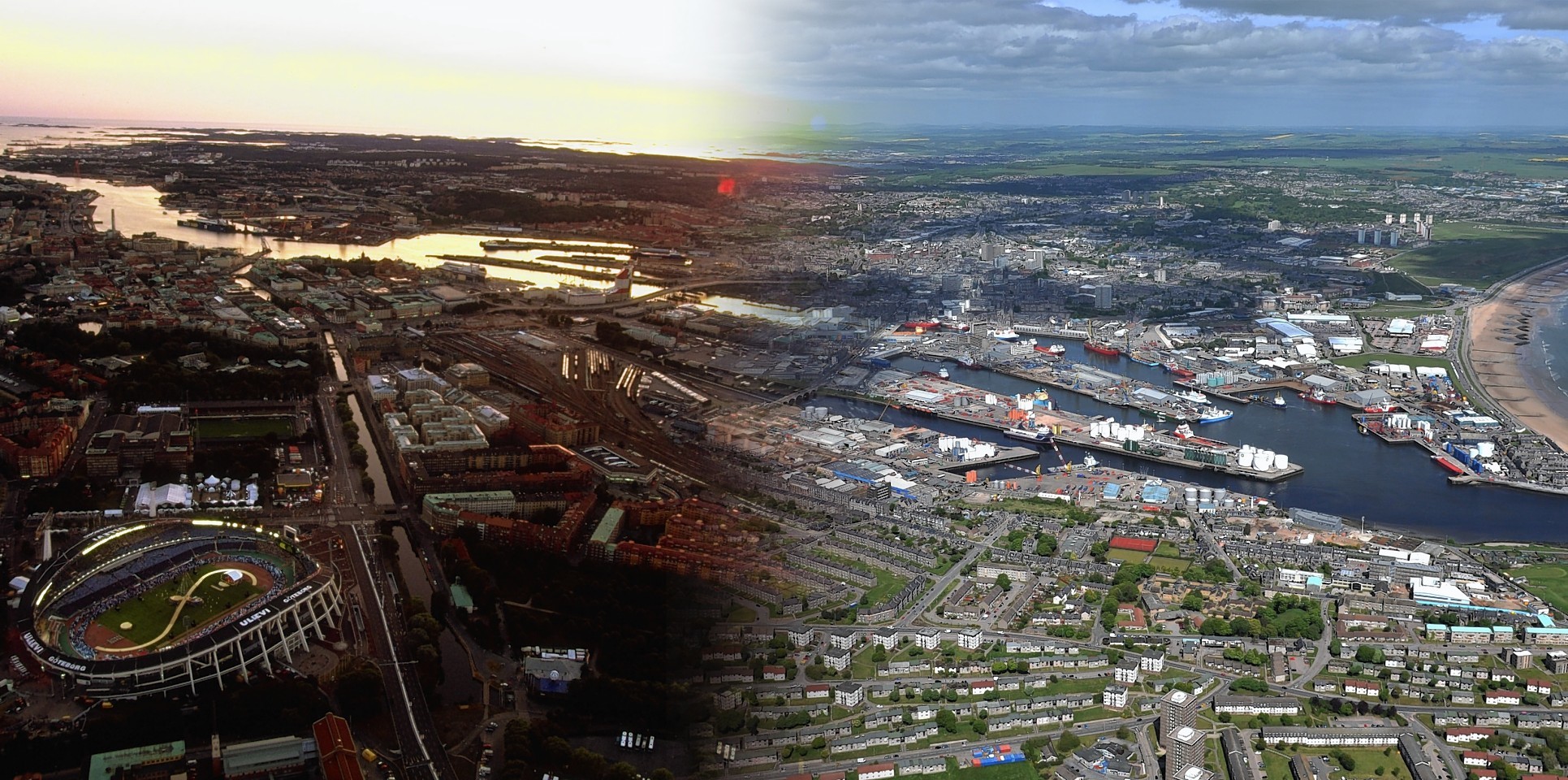Council bosses in Aberdeen are turning to Sweden for inspiration to revitalise the ailing centre of the Granite City.
An expert from Gothenburg will fly in to the north-east later this month to share “lessons learned” from a successful transformation of the Nordic port city.
Deputy council leader Marie Boulton said the authority could learn from what worked and did not work elsewhere, rather than trying to “re-create the wheel”.
However, critics suggested that the ruling administration had been forced to look abroad due to a lack of vision at the town house.
One leading opposition councillor argued that Aberdeen should go a step further and follow the lead of other Nordic cities by introducing congestion charging to help pay for transport improvements.
The visit of Gothenburg City Architect Björn Siesjö on November 27 is the latest stage of a “master-planning” process aimed at regenerating the heart of Aberdeen, which was recently short-listed for the unwanted accolade of the most dismal town in Scotland.
Gothenburg, in contrast, has successfully sought to re-invent itself through its “River City Vision” – a process it is hoped will provide pointers for the urban planners in Aberdeen.
The council is hosting a series of talks, with the idea that Aberdeen could benefit from hearing ideas and experiences from “comparator” cities.
Gothenburg is a historic port city with a long history of trading, in addition to engineering success built around Volvo, which is headquartered there.
It is best known to people in the north-east as the site of Aberdeen Football Club’s greatest triumph – a 2-1 win over Real Madrid in the 1983 final of the European Cup Winners Cup at the Ullevi Stadium.
It has the largest tram system in Scandanavia, with more than 50 miles of track around the city.
Among the subjects of Mr Siesjö’s address will be the importance of “strategy” and engaging the public.
He will also focus upon diversifying the economy, in Gothenburg’s case away from reliance on Volvo, but for Aberdeen, it would be based on shifting from the North Sea oil and gas industry.
The architect will also discuss ways of creating a “public realm” that can support activity all year round in a climate that is not dissimilar to the north-east of Scotland.
He will also talk about ways of making more of the water areas. Gothenburg has the river Göta älv, while Aberdeen has both the Dee and Don, as well as the harbour.
The River City Gothenburgh project has involved the people of Gothenburg, the local council, private industry and representatives from the academic world.
The strategy sought to address problems with social exclusion, climate change and a shifting economy.
The plan that emerged looked to focus new development in “central locations” of the city, with good access to public transport and improved links across the river from different areas.
Mrs Boulton, who is leading the council’s efforts to improve the city centre, said: “The city architect will talk about how they changed and transformed Gothenburg and the experiences that they had.
“It is an opportunity for us to look at ways to do things differently, but learn from things that didn’t work for them also.
“We are looking for lessons to learn rather than trying to re-create the wheel, and we wanted to identify cities that were similar culturally or physically to ours.”
John Corall, the opposition SNP group’s infrastructure spokesman, said: “Gothenburg is a vibrant and vastly changing city, it has a wonderful waterfront, a great city centre area.
“They have really done so much, they have married the old with the new and not been afraid to take big decisions.
“Meanwhile, Aberdeen has done zilch, nothing at all in the last few years – and appears to have no ideas. Hopefully, the administration can learn something.”
